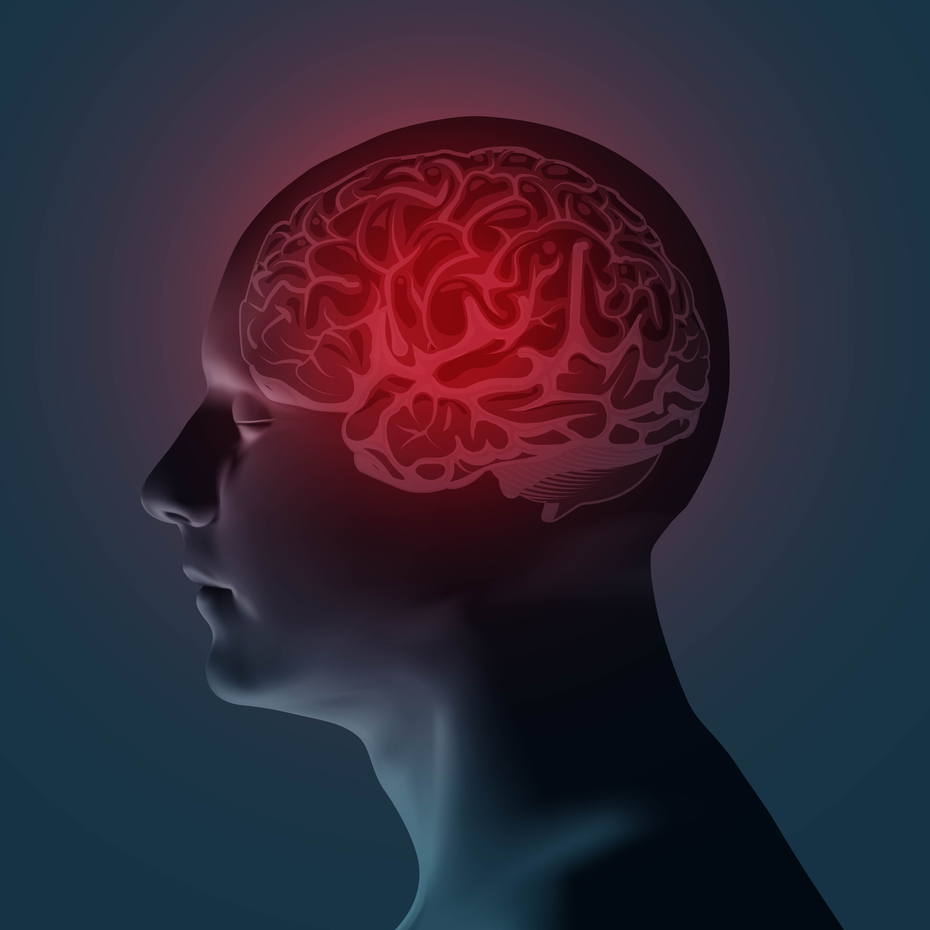Article
New Technique Found to Monitor Cause of Dyskinesia
Author(s):
Researchers are finding causes to the Parkinson's treatment side effects.

Researchers have identified what makes many Parkinson’s disease patients receiving nerve cell transplants suffer from serious side effects of dyskinesia.
Dyskinesia, or involuntary movements that are often abnormal, can result from both transplant procedure and amino acid Levodopa medication treatment.
Last month, the Federal Drug Administration approved valbenazine, the first treatment for Tardive Dyskensia — a variation of the condition often brought on by antipsychotic medication.
Though it was a major step towards treating the neurological disorder, there is more to be discovered on how it is brought along in the first place. A Swedish research team recently found answers.
Researcher Tomas Bjorklund (pictured), MSc, PhD, of Lund University in Sweden, recently worked to study how transplanted cells function when transplanted into a brain affected by Parkinson’s disease.
He and his research team discovered the precise signaling pathway in the nerve cells that causes involuntary movements. They did so by developing a completely new technique for the study, involving an artificial receptor.
The receptor, placed on the surface of transplanted nerve cells, was activated by a specially-designed drug and controls cells’ dopamine release. This method, used in animal testing to control the transplanted dopamine-producing cells’ activity in the brain, has proven success in completely restoring animal subjects.
Bjorklund described the method as a “remote control to the brain.”
“Using this new technique, we can now either close down the transplanted cells completely or increase their activity,” Bjorklund said. “Now we can control very closely when and how the cells function when transplanted in the area of the brain affected by the disease.”
The researchers activated the dopamine-producing cells via receptor 5-HT6 — a receptor sensitive to the neurotransmitter serotonin. When activated, cyclic AMP increased in the transplanted cells, and caused an abnormal release of dopamine from the cells.
This is what caused dyskinesia in the animal subjects, according to the research. Bjorklund said they have been able to successfully map what makes nerve cell transplantation as effective as treatment, and backed their discovery with clinical history.
“We have had access to unique patient material from a patient who has had this type of cell transplant and have also found a very high level expression of the receptor that causes the side effects,” Bjorklund said.
Bjorklund called the discovery important, noting the “considerably reduced risk of side effects” and the enhanced effect of the transplant treatment with this information.
“There are advanced plans in many parts of the world to carry out new clinical studies with nerve cell transplants from both fetuses and stem cells against Parkinson’s disease, which means that it’s now more relevant than ever to identify the underlying mechanisms in the brain,” Bjorklund said.
Related coverage:
FDA Approves First Drug to Treat Neurological Disorder Tardive Dyskinesia
WATCH: Tardive Dyskinesia is More Common Than People Realize
WATCH: Tardive Dyskinesia: There Was No Standard of Care Before Valbenazine





